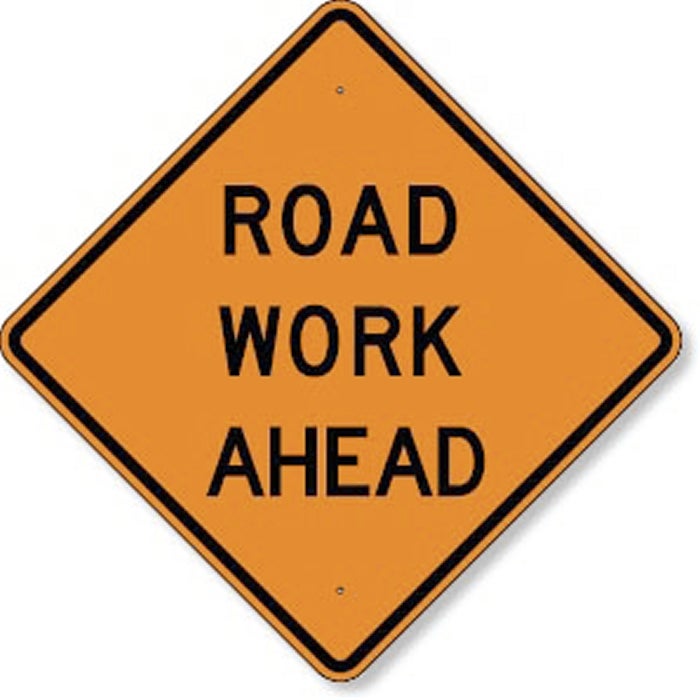Be aware of workers on the highways
Published 9:10 am Monday, March 23, 2015
NC Department of Transportation
Warmer weather across North Carolina means an increase in activity along our highways and roads, both in terms of travelers and the number of N.C. Department of Transportation projects to improve our roads and bridges. That means it is even more important for drivers to pay attention and be careful while on those roads. That is especially true in work zones, and as a reminder to motorists it is National Work Zone Awareness Week through Friday, March 27.
In 2014, more than 4,000 crashes occurred in work zones, killing 22 people and injuring almost 2,000. The National Work Zone Awareness Week campaign aims at preventing work zone fatalities and accidents by encouraging safe driving through highway work zones and construction sites.
And it is not just for the safety of the workers out on the roads.
“National data demonstrates that on average, 85 percent of the deaths that occur in work zones are the drivers and passengers of cars,” says Don Nail, director of the NC Governor’s Highway Safety Program. “A majority of the work zone crashes are the result of speeding and driver inattention,” he says. “Drivers need to expect the unexpected when traveling through work zones, and eliminate distractions in their vehicle, including staying off their cell phones, slow down, make sure everyone in their vehicle is properly buckled up, and travel cautiously.”
Work zones have unique characteristics such as lane shifts, narrowed lanes and construction equipment that make them different from other sections of highway. Speed is the biggest issue for motorists in work zones, as too many drivers are going too fast. If you are caught speeding, not only will you pay for the speeding ticket and the court costs, but state law adds an additional $250 fine when it happens in a work zone.
NCDOT offers the following work zone safety tips to motorists:
• Construction activity very close to the road involving workers and equipment can be very distracting. Be prepared to take action quickly. Expect the unexpected;
• If you are merging into another lane, try not to wait until the last minute;
• If a flagger stops you, be patient and realize the inconvenience is temporary;
• Allow ample space between your vehicle and the car in front of you;
• Avoid passing in the work zone. Be patient;
• Avoid all distractions;
• Buckle up;
• Be mindful of your speed; and
• Do not tailgate. Most rear-end crashes occur when cars follow too closely. They do not have enough room to stop. You need at least 2.5 seconds to react and one second for every 10 MPH you are traveling. If you are traveling at 55 MPH in a work zone, you need at least eight seconds to stop.
The American Association of State Highway and Transportation Officials has a public service announcement for the National Work Zone Awareness Week outreach campaign.
Safety is the number one priority, be aware, be alert and take your time.





